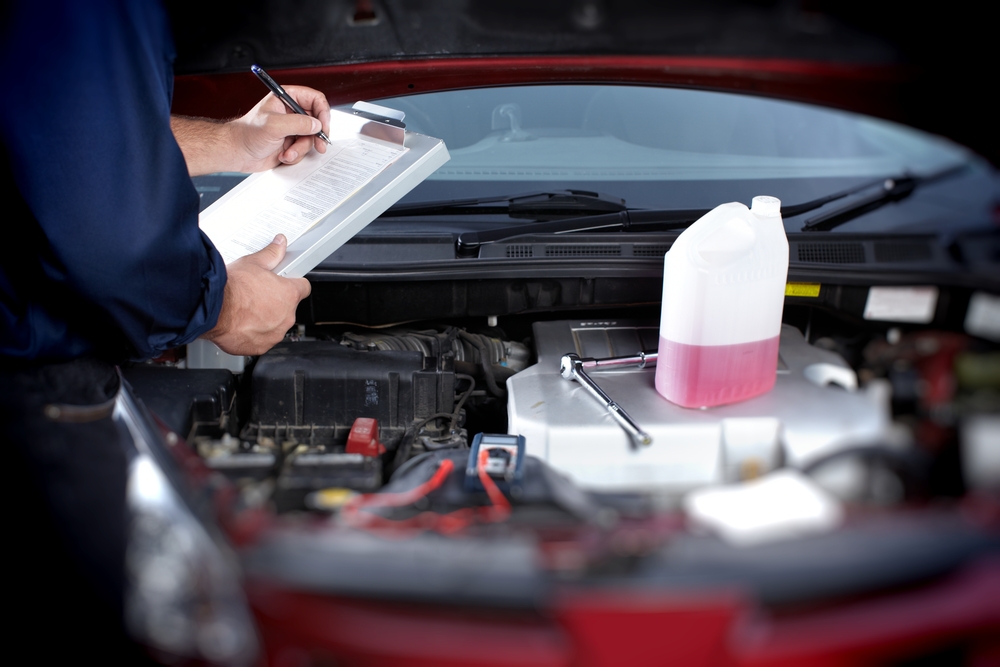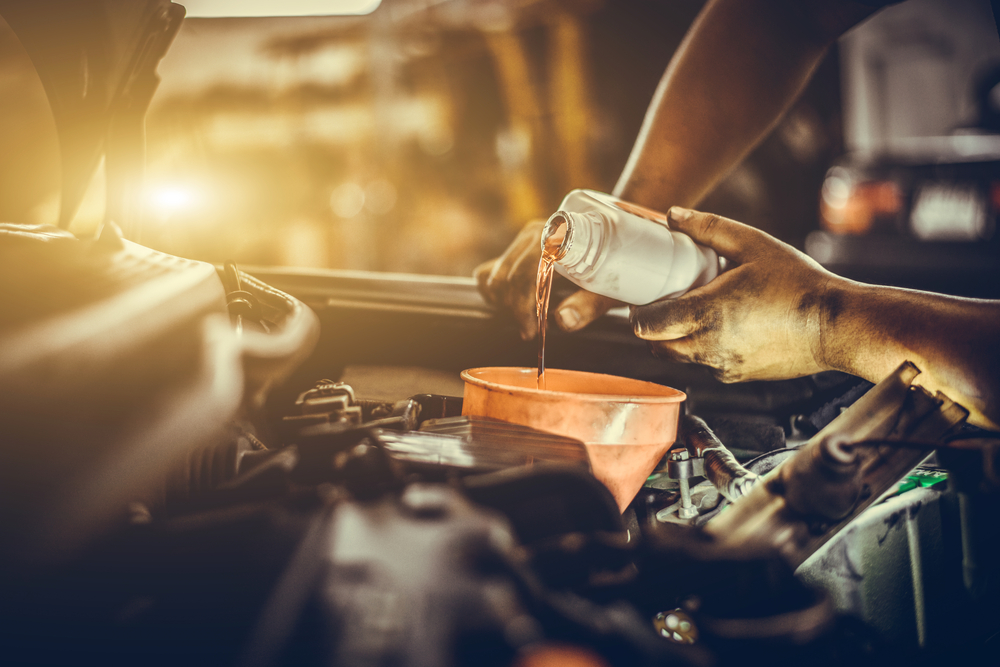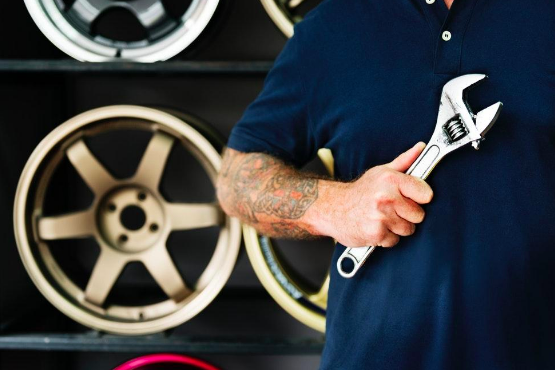
Customizing your car has become quite popular these days. Car owners have gone from purchasing simple accessories like bobbleheads and car foams to decorate their automobiles with, to installing full-blown body kits for maximum personalization. Body kits are nice, but you have to know a number of things first before you start investing to make sure that you get your money’s worth.
Body kits can include a range of customizable car sections, from roof scoops and side guards to front lips and rear bumpers and spoilers. There are different types of car body kits available in the market, with each type varying significantly in usage, price and style. If you are looking to get started in the body kit department, here are some things you need to do first:
1. Set a Budget
Before you start thinking about which designs or car parts you wish to place a body kit on, you need to finalize your working budget first. The price of body kits is highly determined by the type of material it will be made of. There are materials best-suited for luxury cars and racing vehicles, so obviously those materials will also cost dearly. Then there are also materials easily mass-produced and manufactured, which makes body kits made from them affordable and easy to acquire. Unfortunately, low-end options like these tend to be solely for appearance purposes only, as performance-improving body kits usually require more valuable materials to be made of.
Decide if you wish to prioritize aesthetics or performance, and after that, you should be able to better estimate how much you can cash out for your investment. Be careful in computing for costs, as you also need to consider paying for installation, insurance and even delivery fees if you are having the body kit shipped.
2. Find Out Which Material Best Suits Your Car
There are different materials used in producing car body kits. Each material has its own pros and cons, so you need to study them carefully so that you can better decide which kind of body kit you should put your money into.
The most common material used in body kits is fibreglass. It is also the cheapest material, which explains why it is the most popular choice for inexpensive customizations. Fibreglass is very light in weight so your automobile’s speed and performance won’t be hindered regardless of its design. Additionally, it goes well with hot weather due to having good resistance to high temperature.
Another common material for body kits is polyurethane. It is a little more expensive than fibreglass, but it is also more durable because of its high flexibility. It’s better suited for cold environments, though, since this kind of polymer is susceptible to warping if brought under significant heat.
If you don’t have any restrictions on your spending allotment and you are looking for a kit that will also boost your car’s performance, you might want to check on using carbon fibre. Carbon fibre got its name from carbon cells being weaved together like clothing fibre to create an ultra strong yet light and flexible material. As indicated by its expensive tag, carbon fibre is considered high-tier material. It’s a popular choice for race car drivers and collectors who wish to exhibit their cars for showrooms and gallery purposes.
It is worth mentioning that you also need to make sure a nearby body shop can properly install a body kit of your chosen material. As an example, fibreglass can be difficult to handle because of its rigidity. Not all body shops are adept at installing fibreglass kits because they can easily break if mishandled, and the same goes when driving a car with this kit. Only consider certain material if you know a body shop that has expertise in installing it. Otherwise, you might break the kit before you can start enjoying the customizations.
3. Review Your Car Insurance
You need to check back on your insurance documents before going for a body kit because it might affect your current deal with your company. A number of insurance companies consider the installation of body kits as significant tampering with the vehicle, regardless of how much or how it little it actually affects the car’s performance. Reading back on the terms and agreements of your current insurance policy is helpful in making sure your car stays insured even after installing the kit.
If you have any questions or uncertainties regarding select terms or regulations as placed on your documents, do not be afraid to reach out to your insurance company and ask. It’s much better to be vigilant and well-informed than face serious risks later on. It will also save you time and the headache of going back and forth with an insurance agent for possible breach of contract.
These are just a few pointers to get you started on your road to customizing your car with body kits. There are several more factors you need to learn about aside from these: recommended brands for specific material and body kit parts, reputable body shops for installing certain types of body kits, and even potential resale value if ever you plan to get another car in the future. The possibilities are endless, but your resources are probably finite so due diligence is a must.













